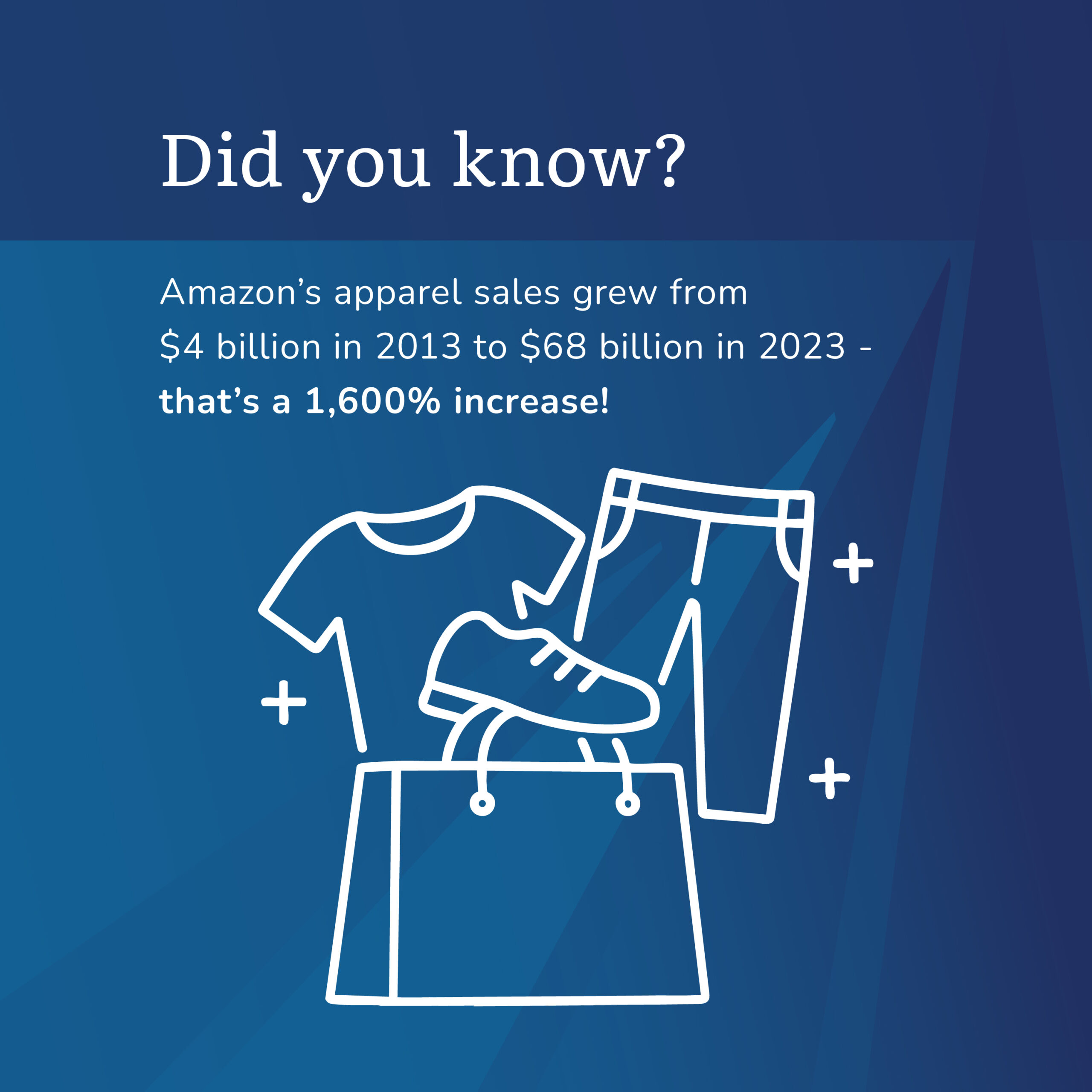Ideas for weaning your teenagers off the money tree
Teenagers always want “stuff,” and the older they get, the more expensive the “stuff” becomes. They want to have fun with their friends, eat out, shop, or get involved in activities.
Some children don’t realize what it costs until they finish college and have to pay for it. Parents often feel the need to help as much as possible until their children are out of college, but there are some ways you can still help but at the same time teach them the value of a dollar. It is important to stay disciplined and consistent with your suggestions. This will ease the transition into the working world as they will have this knowledge years in advance.
Help them open a checking account
This is easier said than done. I went through several banks and preferred Capital One because of its user-friendly website. Most banks want you to go into the branch with documents for the minor, but Capital One was easy to open online. You must be a joint account holder with the child and have your own login. You can link the account to your bank account to transfer funds periodically. The link will only be associated with the parent login, so the child cannot log in and “clean you out.”
Give them some responsibility – put in a couple hundred dollars and tell them that this has to last for a specific period of time and see how well it goes. If they run out of money before that time, lesson learned (hopefully).
For example, I gave my son enough money to buy his own groceries or eat out for the month and told him if he used up all of it in a week, there was no more to come. He quickly realized that cooking was cheaper than Uber Eats, and instead of ordering food every day, he found innovative ways to eat healthily and have money left to buy other things he wanted. However, there was one month he went over and said he wished he got “stimulus money.”
Showing kids how to budget will help considerably in the future. Even if you make $1M a year, if you spend $1.2M, you will never get ahead.
Another idea from a colleague:
“My kids have a Greenlight debit card. I go into the app, set up their allowance, and then assign chores. When they complete each chore, they must mark it completed. If they complete all their chores, the total amount is automatically added to their balance. If they only do half of the chores, they only get half of the amount.
Now they carry their card everywhere, and when we are out, or they want something I would not usually purchase for them, they have to use their money to do it.
In the beginning, they were buying all sorts of foolishness, but when they saw the funds going down so quickly, they started to be more mindful about spending and saving. It also allows them to save – they can send money to the savings side (or as the parent, you can force an autosave amount).”
Credit Cards
Giving your child a credit card for an emergency may be a good idea, but I have found this causes the money tree or bottomless pit effect since the child cannot see the consequences of their spending. For example, with the bank accounts above, they can see their balance diminishing as they use their debit card, vs. with the credit card, the balance just grows, and someone (usually not them) has to pay for it.
Encourage them to have some skin in the game
If your child wants to vacation with a friend or get a car, tell them you will help if they chip in some of the cost. For example, you will buy the car if they pay for the insurance through a part-time summer job.
Teach them about taxes
If a minor earns under $12K annually, they are not required to file a tax return. Explain how taxes work and how they can save to minimize taxes, such as the different types of retirement accounts available.
Open a small investment account and let them experiment
Some of our best learning experiences have come through making mistakes. Losing $500 at age 17 is not the end of the world in the grand scheme of things, but the knowledge and experience you can learn by losing money at that age by investing or stock-picking can be invaluable. They can invest in companies they know and use and see how those stocks turn out over time compared to an index. You can show them how to monitor their investment and compare the outcome.
Encourage saving for a rainy day
Explain the importance of saving, compound interest, and long-term time horizon.
“If you took a single penny and doubled it every day, by day 30, you would have $5,368,709.12. However, it’s important to note that it’s all about the power of doubling – if you asked the same question, but changed the doubling time to just 27 days, you would only have $671,088.64.”¹
A good way to start teaching savings and allocating funds: Money Savvy Piggy Bank
Give them access to view their college accounts
Let them have access to paying for college and seeing the process. If you have funds in a 529 plan and your child gets a scholarship and does not use all the funds, you can leave the account invested for their kids. Having a college account invested for another 18-plus years is a huge head start for a new family.
1. Farrington, Robert. “Would You Rather Have A Penny That Doubles Each Day For A Month Or $1 Million?” April 9th, 2023
Categories
Recent Insights
-

Smart Money Moves for Teens: The Best Financial Literacy Apps
Why Financial Literacy for Teens Matters Let’s face it—teaching teens about money can be tricky. But thanks to an ever-growing list of financial literacy apps, it’s never been easier (or more engaging) to help kids build healthy money habits. I recently spoke with two clients who’ve been using the Greenlight app to help their children…
-

Rebuilding Financial Confidence After Divorce: Managing Risk & Moving Forward
Divorce is not just an emotional transition—it’s a financial one, too. The process of separating assets, redefining financial goals, and adjusting to a new financial reality can feel overwhelming. But with the right mindset and strategies, you can regain control and build a future that aligns with your new chapter in life. Understanding Financial Risk…
-

Giving with Pride: Smart Strategies for LGBTQIA+ Donors
Understanding the Landscape of LGBTQIA+ Philanthropy LGBTQIA+ donors are uniquely positioned to drive meaningful change, but the philanthropic landscape remains complex and underfunded. Historically, LGBTQIA+ organizations have faced significant challenges in securing resources, often competing with larger, more established nonprofits for limited funding. This disparity highlights the importance of strategic giving to ensure that your…
-

How to Build Lasting Relationships that Propel Your Business and Elevate Your Community
As business leaders, our role in the community extends beyond charitable acts—it’s a strategic initiative that strengthens both our businesses and the communities we serve. Building meaningful community partnerships is not just about doing good; it’s about doing it strategically to foster deeper relationships, enhance your brand, and make a lasting difference. But where do…
-

Talk Your Chart | From Tax Trends to Firing a God Portfolio: Economic Insights | Episode 68
In Episode 68 of Talk Your Chart, Marcos and Brett dive into a jam-packed discussion of economic trends, market psychology, and long-term investing. From tax receipts and Social Security’s ticking clock to why even a ‘God’ portfolio gets fired—this one covers it all and more. Charts available for download here.
